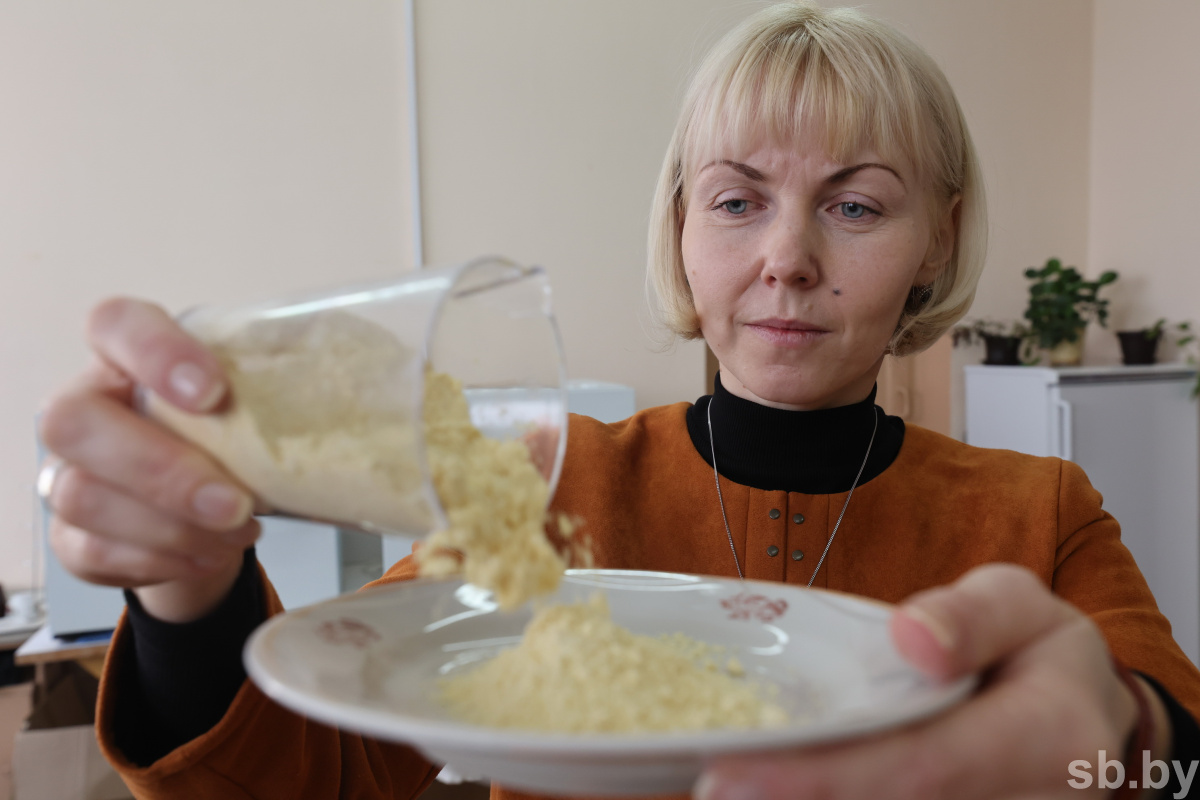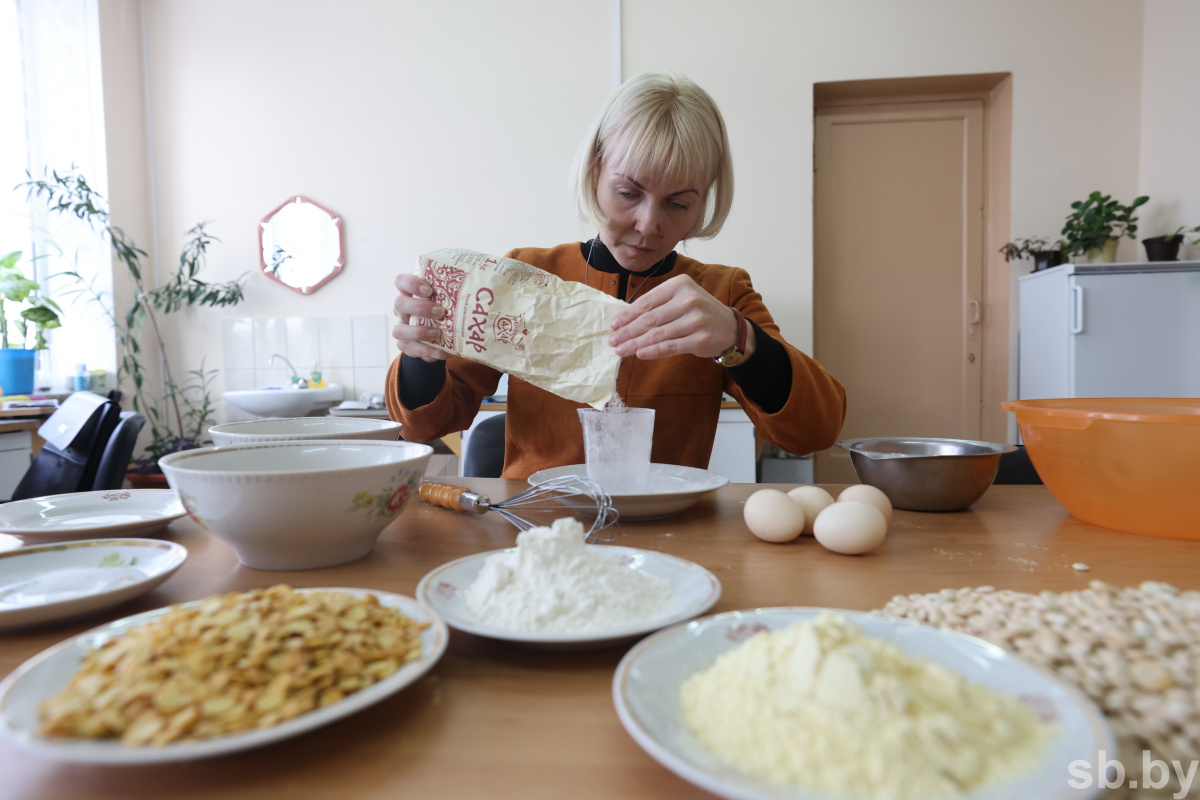Will grind, lupine flour will
One of the main tasks for increasing milk production, which both scientists and practitioners are now working on, is getting their own protein. Its deficit is mainly made up for by expensive imported additives. Some farms are experimenting with soybeans and sunflowers. Look closely at the lupine. During a visit to the selection and seed complex of the Scientific and Production Center of the National Academy of Sciences for Agriculture in August last year, the President asked in detail about the prospects in this direction. Scientists of the Belarusian State Agricultural Academy have long been studying the culture that is of interest to us. Together with colleagues from Russia, a white lupine variety "Rosbel" was bred, which shows good yields on the experimental fields of the Academy.
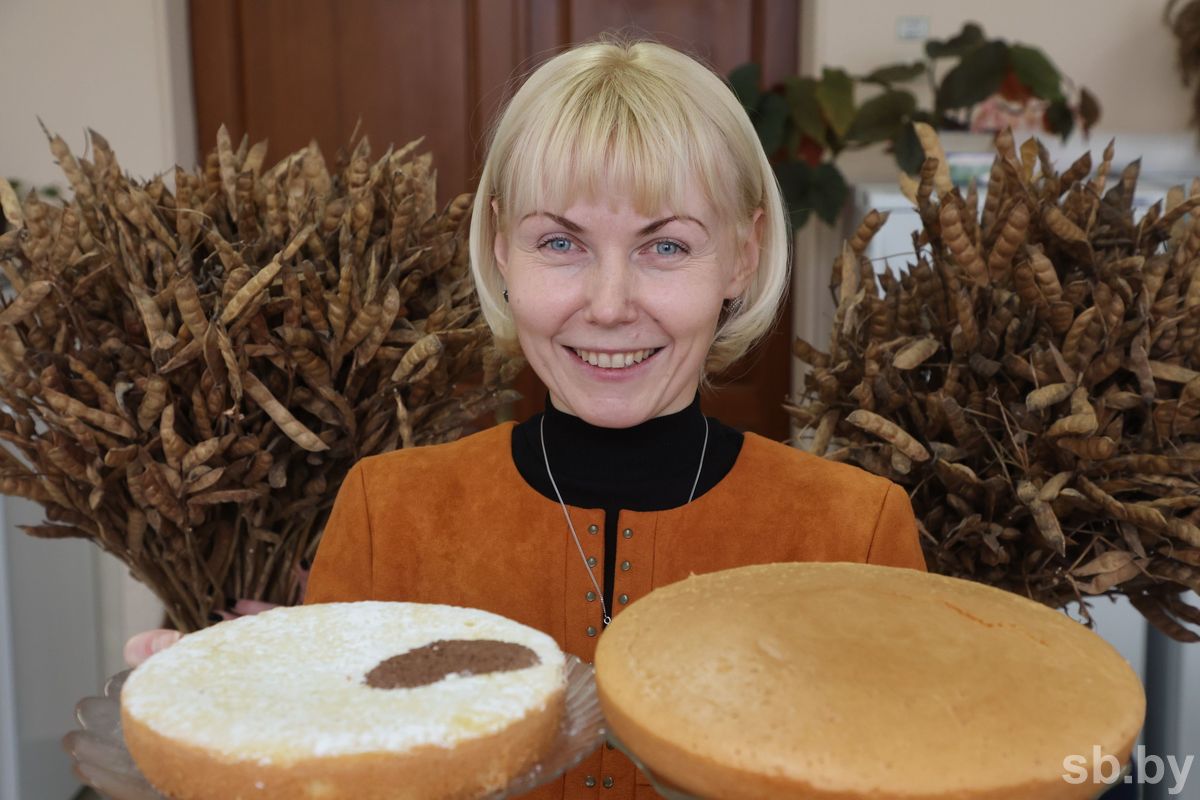
Initially, the scientists of the Department of Genetics and Breeding of the Belarusian State Agricultural Academy set about studying the yellow lupine, the most common in Belarus. While working on her Ph.D. thesis, Associate Professor of the Department Yulia Malyshkina drew attention to the white lupine, which is rarer for our latitudes:
– We are cooperating with the All-Russian Research Institute of Lupine on the basis of the Bryansk State Regional Agricultural Experimental Station. Scientists have replenished our collection with different varieties. We began to analyze whether they are suitable for our agro-climatic conditions: what is the duration of the crop's growing season, protein content. Why did you bet on white? It shows good yield. As a result of scientific research, the Rosbel variety was bred, which has been brought to zoning and is well adapted to the conditions of our country. Last year it was included in the state register.
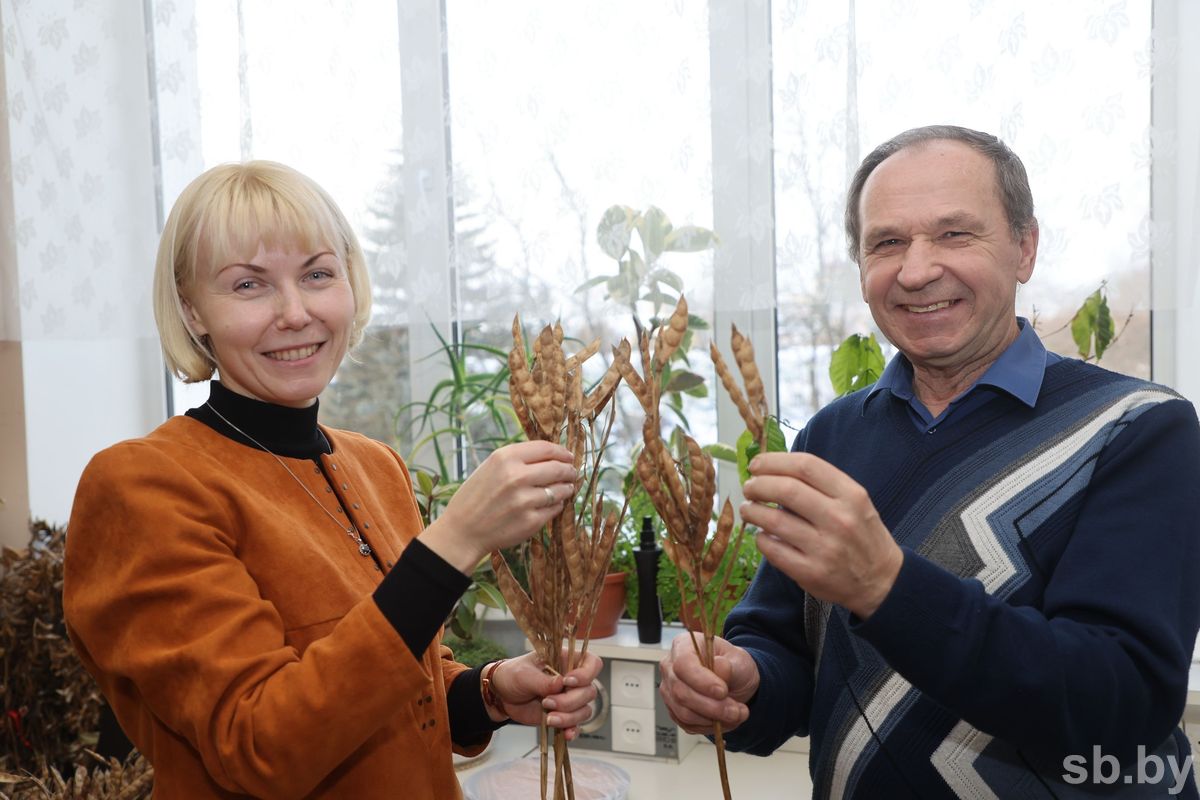
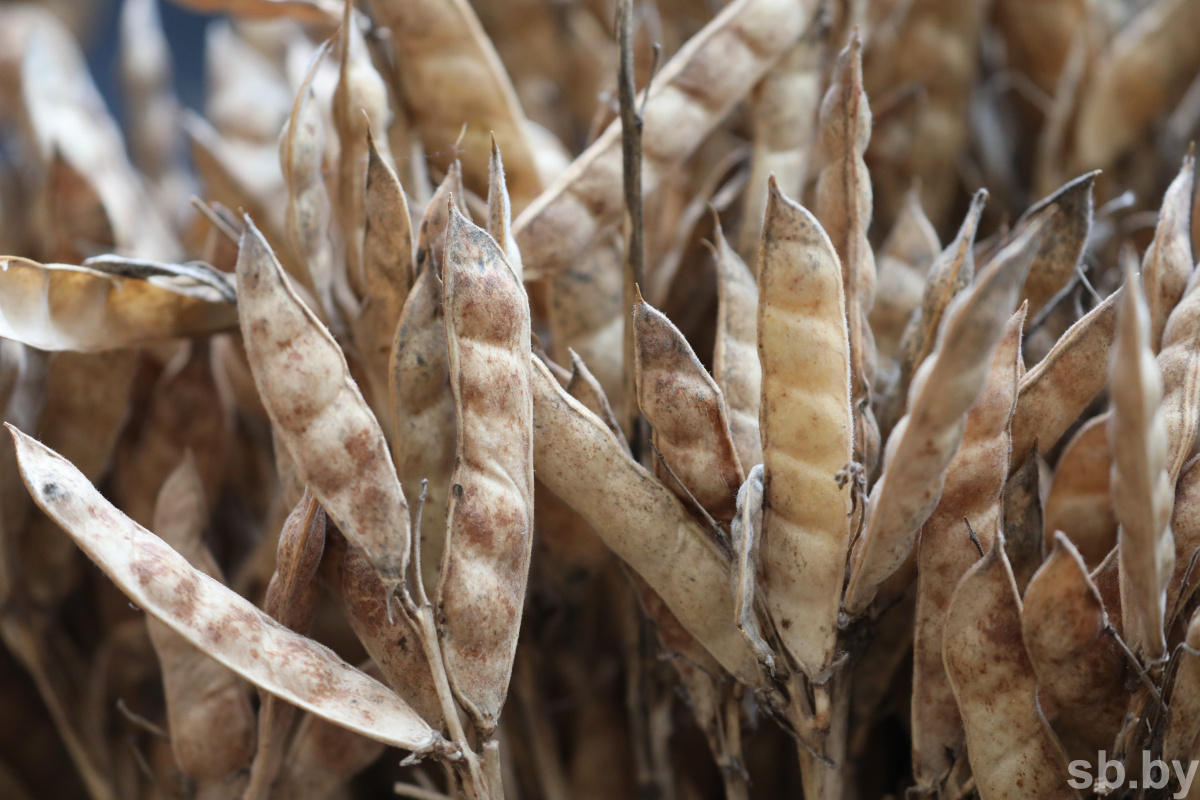
The leguminous crop is primarily considered as a fodder crop, explains Evgeny Ravkov, Associate Professor of the Department of Breeding and Genetics, PhD Supervisor:
- Why do some agricultural enterprises prefer the same soybean: technologies have been worked out on it, moreover, it is already a certain brand. But white lupine is more advantageous in terms of protein content and yield. A crop has up to 40 percent of protein, and even if you get 30 centners per hectare, it is already cost-effective. It is not a problem to harvest up to 50 centners per hectare. For example, in the training and experimental fields of the academy, and we allotted 15 hectares for white lupine, we got 67 centners from each during the variety testing, the maximum yield was 93.3 centners. But this, of course, is almost ideal conditions.
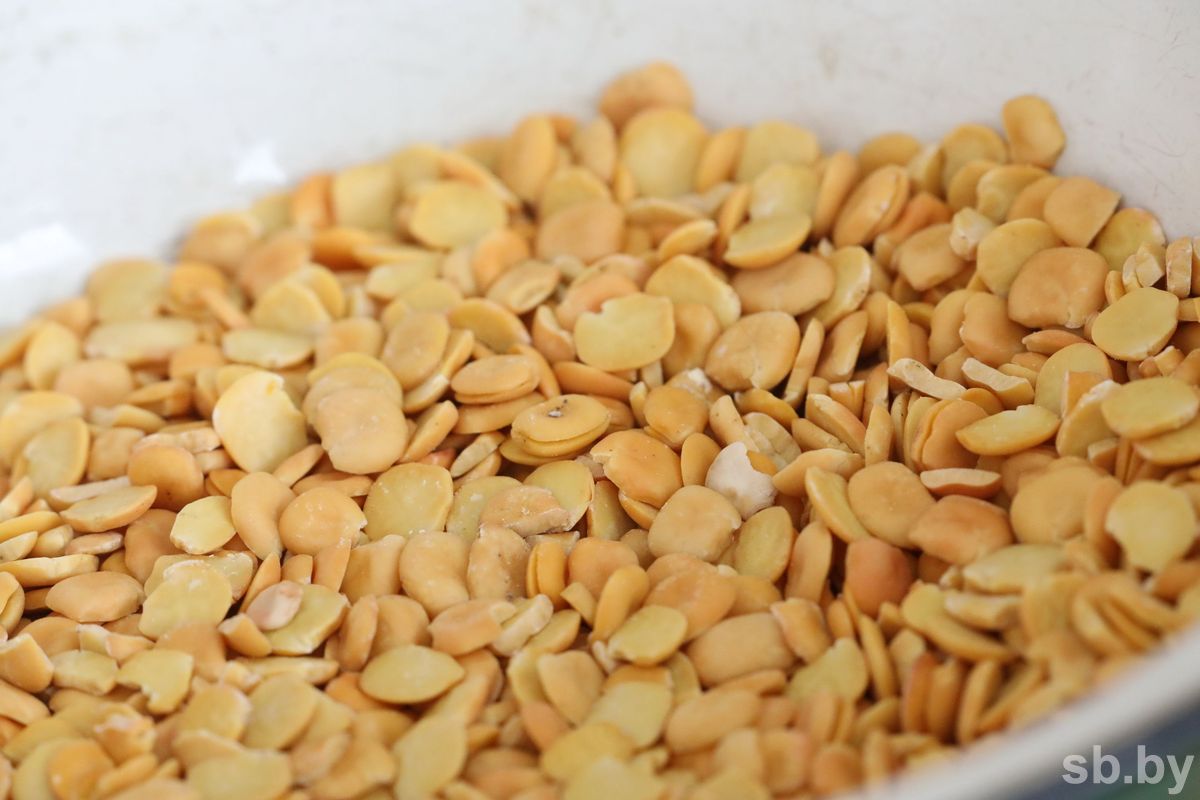
If everything is so rosy, why are farmers not so actively involved in the experiment with lupine, which, by the way, was previously actively cultivated in the country? Everything depends on technology, Yevgeny Ravkov is sure:
“You can't just throw grain into the ground and get a result. With white lupine, as with other crops, all recommendations should be strictly observed. It should be planted on the 4-5th day after the start of sowing early cereals, when the soil warms up. Seed dressing, fungicidal and insecticidal treatments are required. Questions can also arise during processing: grain is difficult to grind, equipment requires more frequent cleaning.
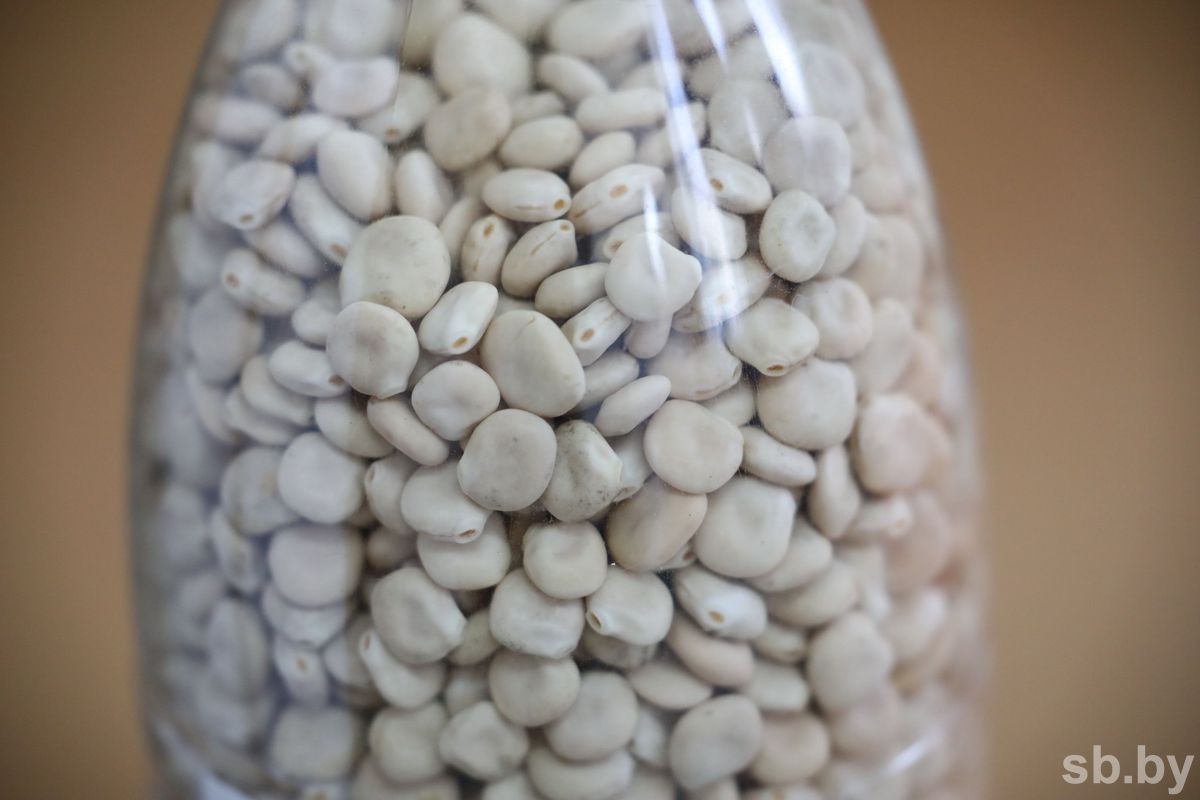
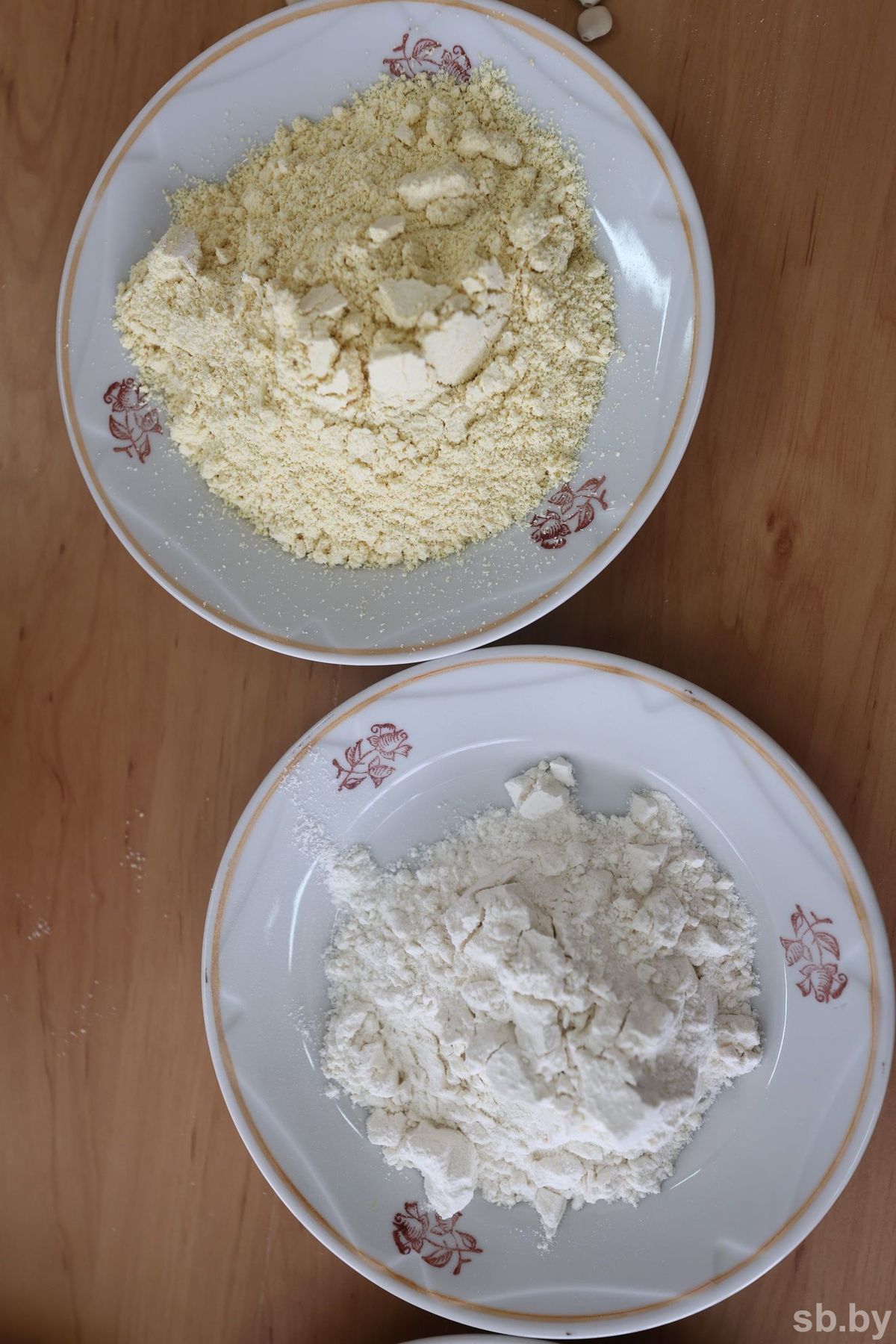
Nevertheless, in JSC "Alexandriyskoye" of the Shklovsky district this season they will try to sow white lupine, RUE "Grodno Zonal Institute of Plant Growing of the National Academy of Sciences of Belarus" showed interest in the development of Gorki scientists, where they will conduct experiments with the culture. Where there are high milk levels, there is a question of point ways to increase them, BSAA scientists are sure:
“We're not going any further until there's protein in the feed. Therefore, one should not be afraid to experiment with new cultures. In those farms where the soil fertility score is low, yellow lupine should be sown. On more connected ones - narrow-leaved or white. They have an average percentage of protein, but the yield is higher.
Alexander Lukashenko:
“We will sow peas, we will sow lupins, we will sow soybeans – these protein crops. Let's see what happens. Is it really impossible for us? I'm sure it's possible to cultivate. And it will not be necessary to buy from abroad! This is a billion dollars we are throwing out to someone for these crops - we can cultivate them ourselves! And protein for cattle is everything!” (during a working trip to the Slutsk region, July 29, 2022).
Another area of application of white lupine is the food industry: legumes are used as the basis for first courses, salads, pickles and even pastries. They have already experimented with it at the academy.
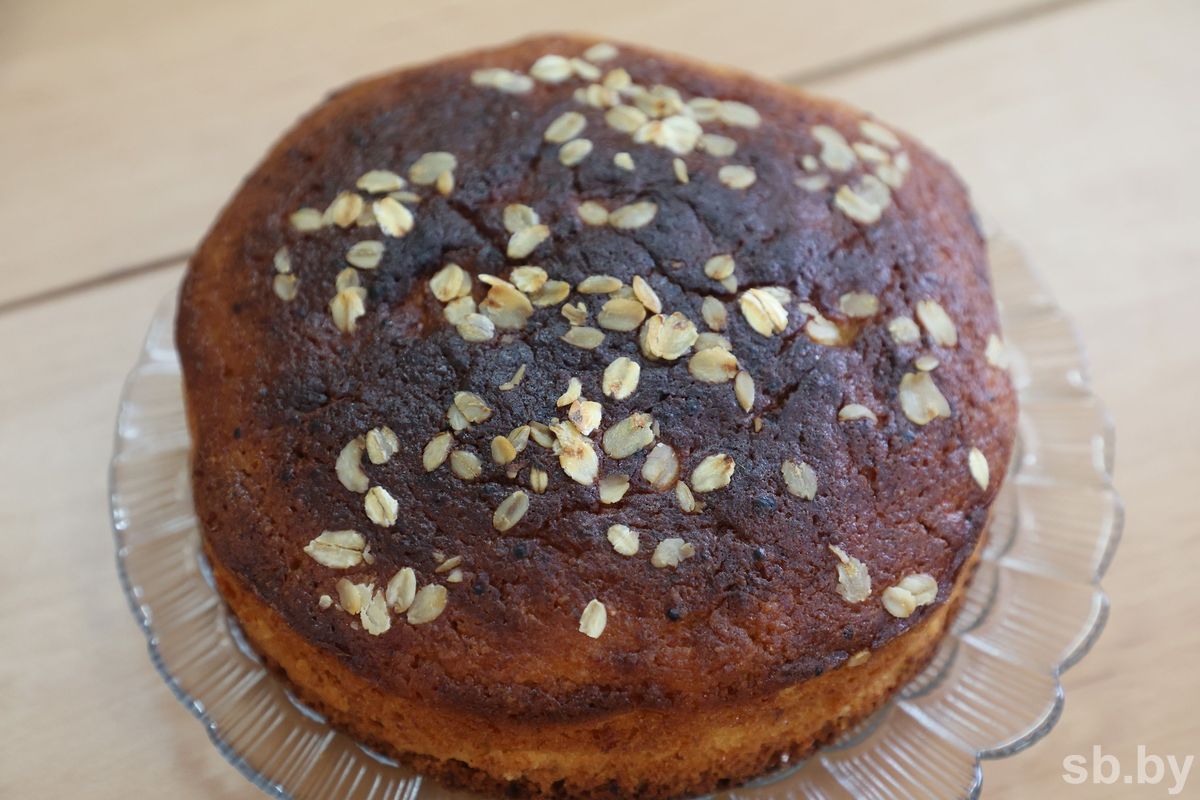
- The main thing is to get flour, and then it will be suitable for bread and sweet pastries. The peculiarity of lupine is also that it does not contain gluten, - Yulia Malyshkina names the advantages. - For the first time, for the sake of interest, I baked a cake for the centenary of our department. We have seeds left after harvesting. I ground the flour, passed it through a sieve, and then - any recipe.
Together with scientists we try to bake a cake with powdered sugar. The recipe is simple: take 100 grams of wheat and the same amount of lupine flour, add 100 grams of sugar, 4 eggs, a pinch of salt, a tablespoon of sunflower oil, mix everything. Pour the finished dough into a mold, which we send to the oven or slow cooker. 30-40 minutes - and the cake is ready. We are having a tea party in the department. Baking flavorful and satisfying! And most importantly, there is no hint of pea taste.
“We treat guests and teachers with our branded pies,” Yulia Stepanovna adds. - The fame of unusual pastries is also spreading among students. Freshmen are waiting for practical classes to taste the gastronomic novelty.
